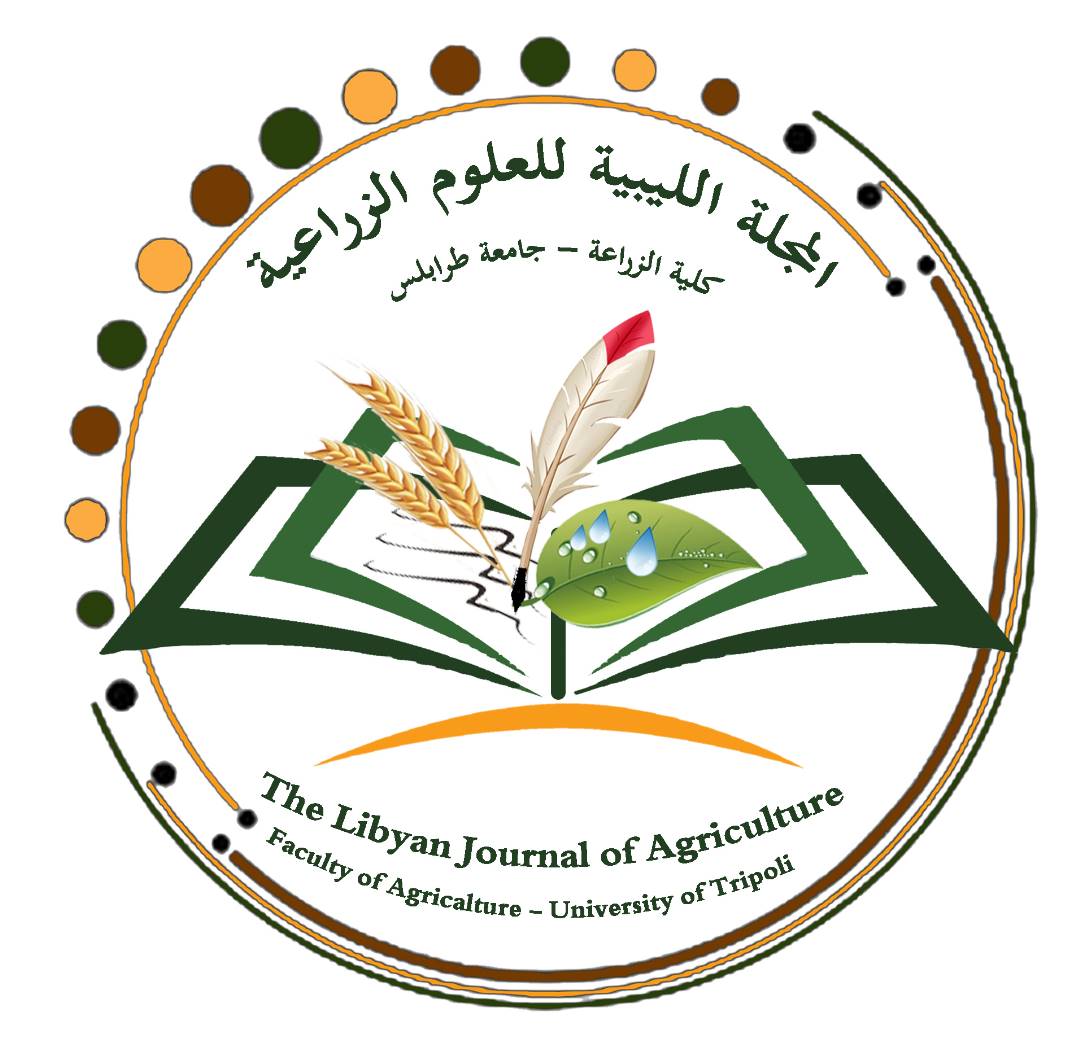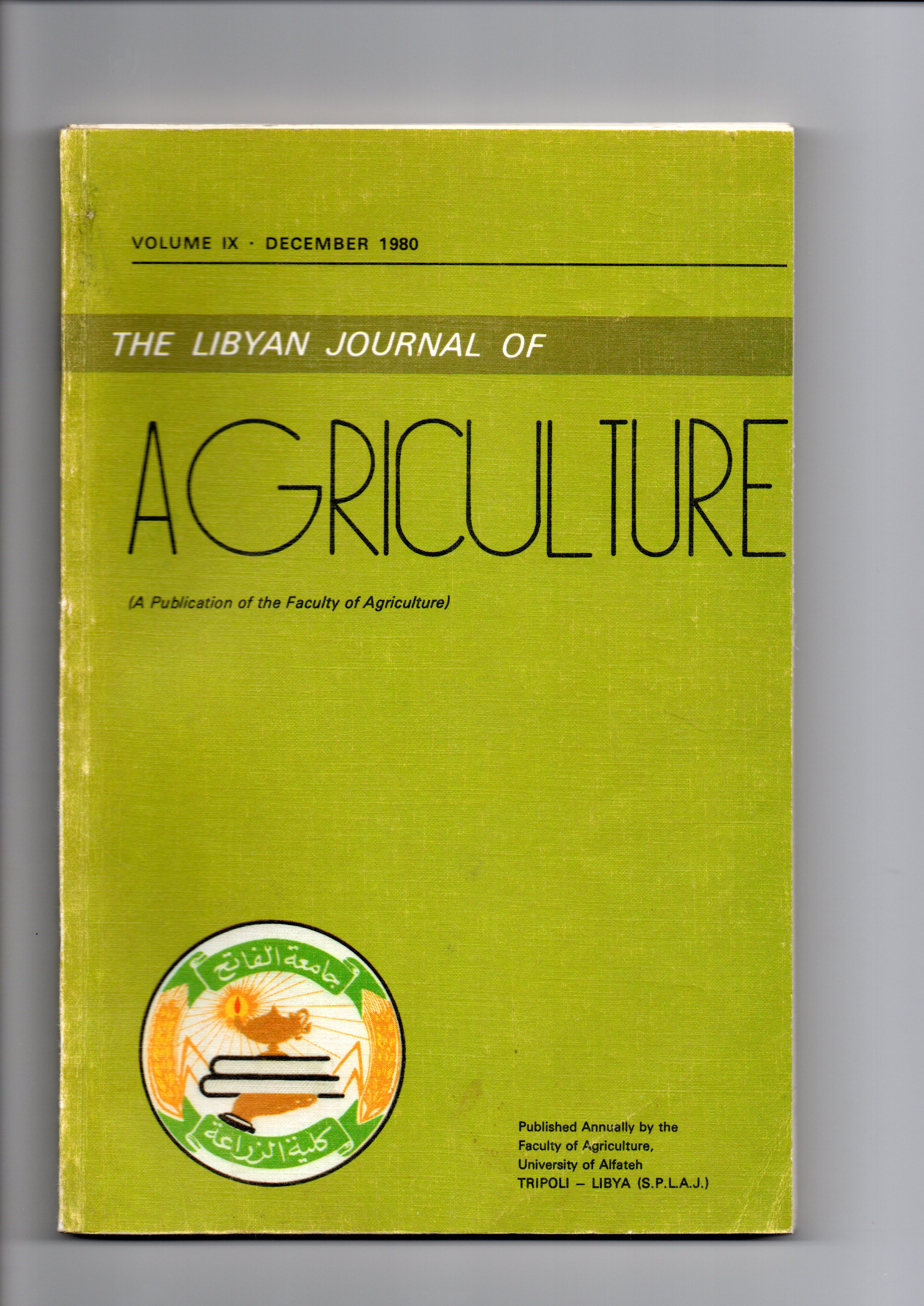استعمال مادتي الأثريل والالصول لتسهيل جمع ثمار الزيتون
محتوى المقالة الرئيسي
الملخص
تم رش أشجار الزيتون صنف كموراتينا بمادتي الاثريل والالصول بتركيزات مختلفة تتراوح من 750 وحتى 1500 جزء في المليون . أدت المعاملة بمادة الاثريل إلى تقليل قوة شد الثمار بحوالي 57 - 73% التي أدت إلى جمع 69 - 83% من محصول الأشجار حسب التركيز في مدة 3 - 5 دقائق بالهز اليدوي وباستعمال عاملين للشجرة الواحدة.
تفاصيل المقالة
كيفية الاقتباس
الطمزيني M. I. ., الشرفا M. Y. ., أحمد H. S. ., & شلدان M. S. . (2023). استعمال مادتي الأثريل والالصول لتسهيل جمع ثمار الزيتون. المجلة الليبية للعلوم الزراعية, 9(1). استرجع في من http://uot.edu.ly/journals/index.php/ljagric/article/view/534
القسم
Articles

